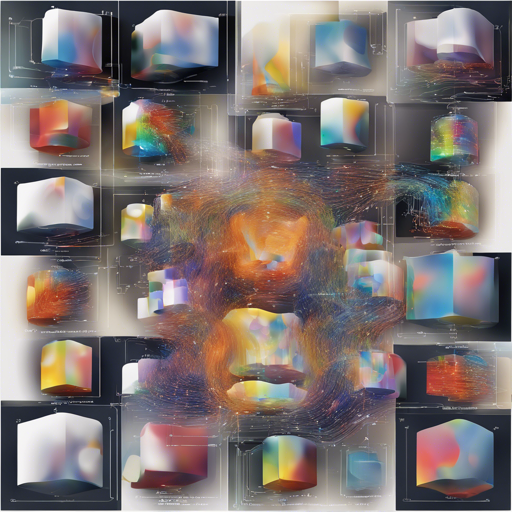Welcome to the world of image generation! In this article, we will explore how to utilize diffusion models to create beautiful images — specifically, cute butterflies! So, let’s put our programming hats on and dive into the details of the model card for Unit 1 of the Diffusion Models Class.
What is a Diffusion Model?
A diffusion model is a deep learning technique used in the field of unconditional image generation. Think of it as a magical artist who starts with a blank canvas and gradually fills it in layer by layer, transforming random noise into a stunning masterpiece.
Getting Started with the Diffusion Model
To get started, you’ll need to have PyTorch installed, along with the Diffusers library. Once you have that set up, you can start generating images!
Usage
Here’s a quick guide on how to use the diffusion model:
python
from diffusers import DDPMPipeline
pipeline = DDPMPipeline.from_pretrained("Blackrootsd-class-butterflies-64")
image = pipeline().images[0]
image
Understanding the Code
Now, let’s break down the code step-by-step, using an analogy:
- Importing the Library: Imagine opening your art supplies to start painting. The line
from diffusers import DDPMPipelineis like grabbing your brushes before starting the artwork. - Initializing the Pipeline: The line
pipeline = DDPMPipeline.from_pretrained("Blackrootsd-class-butterflies-64")is similar to choosing a specific painting style — in this case, we are selecting a pre-trained model that specializes in generating butterfly images. - Generating the Image: Finally, when you paint, you create a piece of art. The line
image = pipeline().images[0]is where the magic happens, generating the first gorgeous butterfly. The finalimageis your masterpiece!
Troubleshooting
While the process is mostly smooth sailing, you may encounter some bumps along the way. Here are a few common issues and solutions:
- ImportError: If you encounter an import error, make sure to install the necessary libraries, such as PyTorch and Diffusers. You can find installation instructions on their respective documentation pages.
- Pipeline Issues: If the pipeline doesn’t load properly, double-check the model name you are using. Ensure it matches exactly with what is available in the Diffusers library.
- Runtime Errors: If you face runtime errors, they might stem from incompatible versions of the libraries. Consider updating your libraries to their latest versions.
For more insights, updates, or to collaborate on AI development projects, stay connected with fxis.ai.
Conclusion
Creating images with diffusion models opens a door to a realm of artistic possibilities, allowing anyone with the right tools to be a digital artist. At fxis.ai, we believe that such advancements are crucial for the future of AI, as they enable more comprehensive and effective solutions. Our team is continually exploring new methodologies to push the envelope in artificial intelligence, ensuring that our clients benefit from the latest technological innovations.

